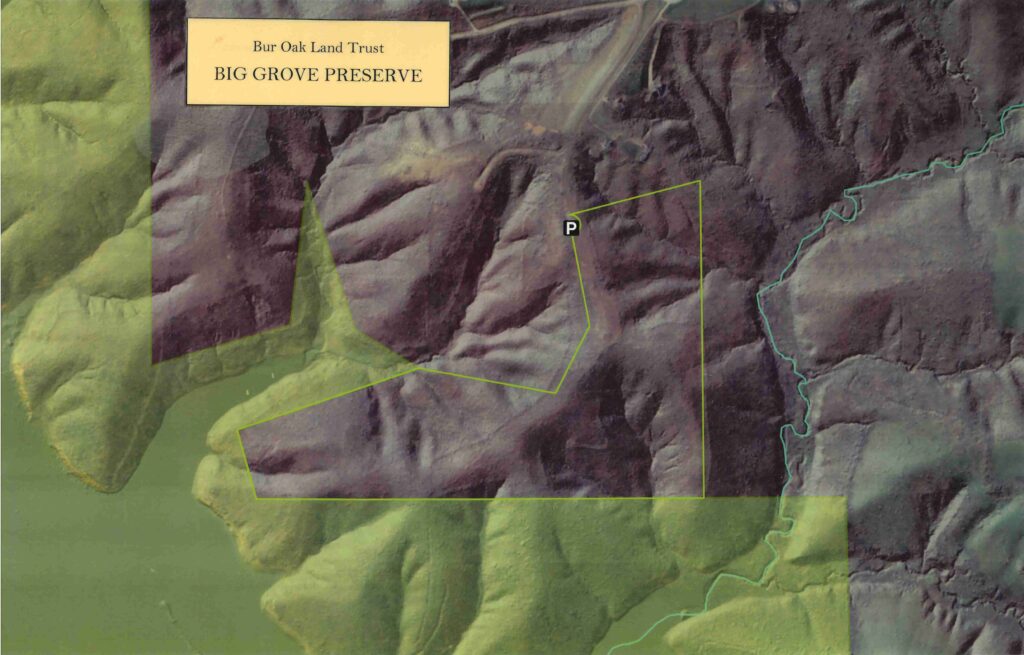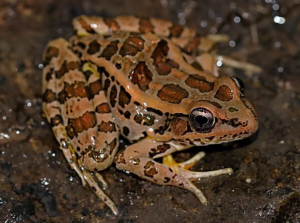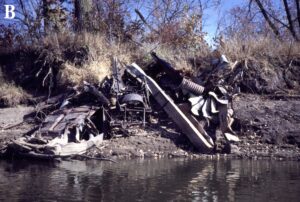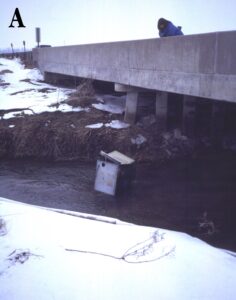The Advantages of Contiguous Conservation Properties
For conservation nonprofits there is always the challenge of getting the most conservation from a limited landscape. A good argument can be made that some of the best new investments result from adding onto existing conservation properties. Some of the reasons include:
- Many small animals have limited ranges. A salamander may spend its entire life within a few hundred feet of its natal pond, but will survive only if that land is mellow forest soil where it can burrow below frost line in winter, and hunt bugs and worms in the leaf mould in summer. If the pond and the forest are separated by a cornfield, it is a permanent barrier to salamanders. Cropland is also a substantial barrier to other small species like turtles, snakes, frogs, etc.
- Spraying herbicides and insecticides is a routine part of today’s cropland management. Unfortunately, the drifting of these from both wheeled and aircraft applicators is not necessarily managed well and the drift can spread as much as a quarter mile offsite on a tiny breeze. You can see the mist appear on your windshield if you are driving downwind nearby. A cluster of conservation properties joined together has less edge to receive spray drift than smaller parcels spread out amongst cropland and they stand a better chance of remaining unsprayed in their core areas.
- Insects are near the bottom of the food web and each pair of parent songbirds makes thousands of short trips nearby to feed their nestlings with bugs, without which the nestlings will starve. Longer trips to elsewhere are unprofitable because then the parents need all the energy they can capture to fuel their own flights, rather than bringing the bugs back to the nest.
- Roadkill is a major issue for all critters, from turtles and snakes to deer and mountain lions. For the smaller animals especially, a larger combined conservation area without internal roads is worth more than scattered parcels enclosed by roads. See my blog from Nov. 28, 2019, regarding the Florida panther and the continuity of conservation landscapes.
- Trespass and littering is partly a function of perimeter length. Longer perimeters and more roadways offer more opportunities for the undisciplined to unload their rubbish.
Some recent Bur Oak Land Trust acquisitions and conservation easements have supported the clustering concept. “For example, Bur Oak Land Trust’s Big Grove property is nestled between land protected by a variety of other agencies,” writes Executive Director Jason Taylor.
“In addition to the 80 acres owned by the Trust, Johnson County Conservation recently acquired the 132-acre Cangleska Wakan property to the northeast, the southern border of the property is land protected by the Army Corps of Engineers, and 90 acres of adjacent land is protected by conservation easements. This cluster of protected land serves as a haven for numerous plant and animal species, and provides a great opportunity for the community to access a high-quality natural area. Developing partnerships with other groups allows conservation nonprofits to multiply their impact, and significantly increases the benefits for the species that call those areas home.”






